The butterfly stroke is one of the most aesthetic swimming strokes but also one of the most demanding.
The technical aspects of the butterfly stroke — the body undulation, the dolphin kick, and the double-armed recovery above water — all present particular challenges.
The degree of effort required to perform this stroke doesn’t make things any easier either.
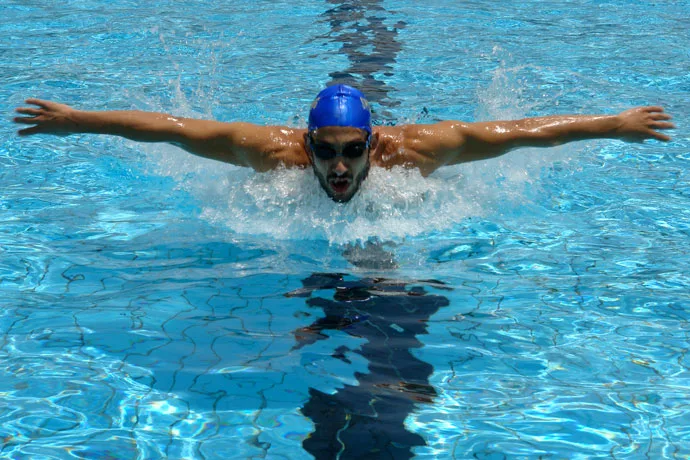
Unfortunately, you can’t learn the butterfly stroke simply by hopping into the water, flinging your arms and legs around, and then hoping that the swimming technique will take care of itself.
On the contrary, a methodical approach is the most efficient approach to learning it. We break down the various components of this stroke into smaller units, which you will practice step by step until, eventually, you bring them all together into a complete butterfly stroke with great technique.
This is the approach we take with the swimming drills below for the butterfly stroke.
Good luck — and have fun practicing!
Head-Lead Body Dolphin
Head-Lead Body Dolphin is a fundamental drill to practice while learning the butterfly stroke. You keep your arms at your sides while you focus on body undulation and the dolphin kick.
Because you’ll keep your arms by your sides during this swimming drill, you’ll need to use your head, torso, and legs to move forward.
Hand-Lead Body Dolphin
Hand-Lead Body Dolphin is a swimming drill to practice when learning the butterfly stroke.
In this drill, you extend your arms forward while performing body undulation/dolphin kick cycles, instead of keeping your arms at your sides as you did in Head-Lead Body Dolphin.
It makes sense to practice the body undulation both with your arms extended in front of you and with your arms resting at your sides, as you will encounter similar positions and movements while swimming whole-stroke butterfly.
Slide to the Corners
Slide to the Corners is a swimming drill to practice when learning the butterfly stroke. In this drill, you practice bringing the arms into position for the underwater arm stroke, as well as connecting your arm stroke with your body’s core muscles for enhanced efficiency.
Stoneskipper
Stoneskipper is a swimming drill to practice when you are learning the butterfly stroke. In this drill, you focus on the underwater component of the arm stroke and breathing, along with the undulating movements of the body.
Hip-Delay Butterfly
Hip-Delay Butterfly is a swimming drill to practice when learning the butterfly stroke. In this drill, you focus on the movements and timing of the arm recovery above water.
After completing this drill, you will have practiced all the movements required to swim the butterfly stroke.
Body-Dolphin Butterfly
Body-Dolphin Butterfly is one of our swimming drills for the butterfly stroke. It allows you to practice butterfly in a relaxed fashion.
In Body-Dolphin Butterfly, you take one full stroke of butterfly, followed by one or several Hand-Lead Body Dolphins, before taking the next stroke of butterfly, and so on.
Alternating tiring full-stroke cycles and more relaxed body dolphin cycles allows you to practice the movements of the butterfly stroke without getting tired so quickly. Consequently, you can stay focused on your swimming technique for longer.
Easy Butterfly
Easy Butterfly is a swimming drill to practice when learning the butterfly stroke. In this drill, you take a few strokes of butterfly at the beginning of a length, and repeat for as long as you can keep good form.
As soon as your form breaks down, you switch to either one of the body-dolphin drills or another less demanding swimming stroke; for example, front crawl (also called freestyle).
Swimming butterfly in this way allows you to avoid struggle and hence to swim longer distances with correct butterfly form.
11 Drills to Learn the Body Undulation & Dolphin Kick in Butterfly
11 Drills to Learn the Body Undulation & Dolphin Kick in Butterfly: The dolphin kick and body undulation are basic swimming techniques of the butterfly stroke. To swim the butterfly with ease, these techniques must be mastered.
Furthermore, incorporating the butterfly stroke arm movements becomes easier once you have mastered these two techniques.
For these reasons, we have put together several swimming drills that you can use to practice the body undulation and dolphin kick.
One-Armed Butterfly
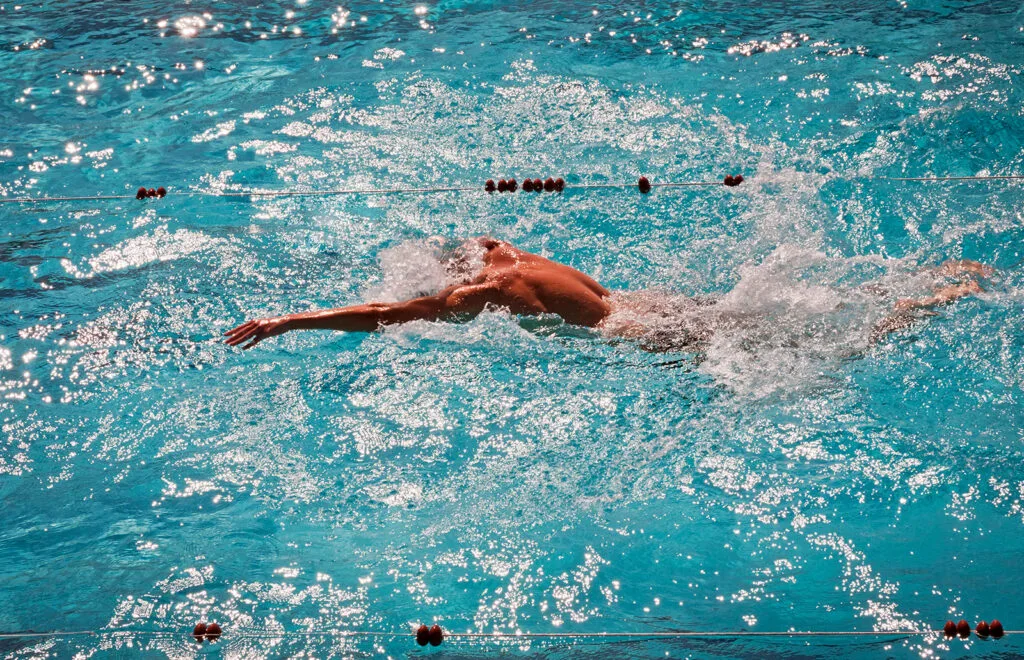
One-armed butterfly is a swimming drill that helps improve your butterfly stroke because it is easier and less tiring than the full stroke, so you can do it for a longer time. This drill was suggested by one of our readers.
Learning Path for the Butterfly Stroke
Below is an overview of our series of articles on learning the butterfly stroke. Each article in this series contains one or more drills that have to be mastered. The current article is highlighted:
Once you have gone through all the steps of this learning path, you should be able to swim butterfly without any problems.
Good luck!

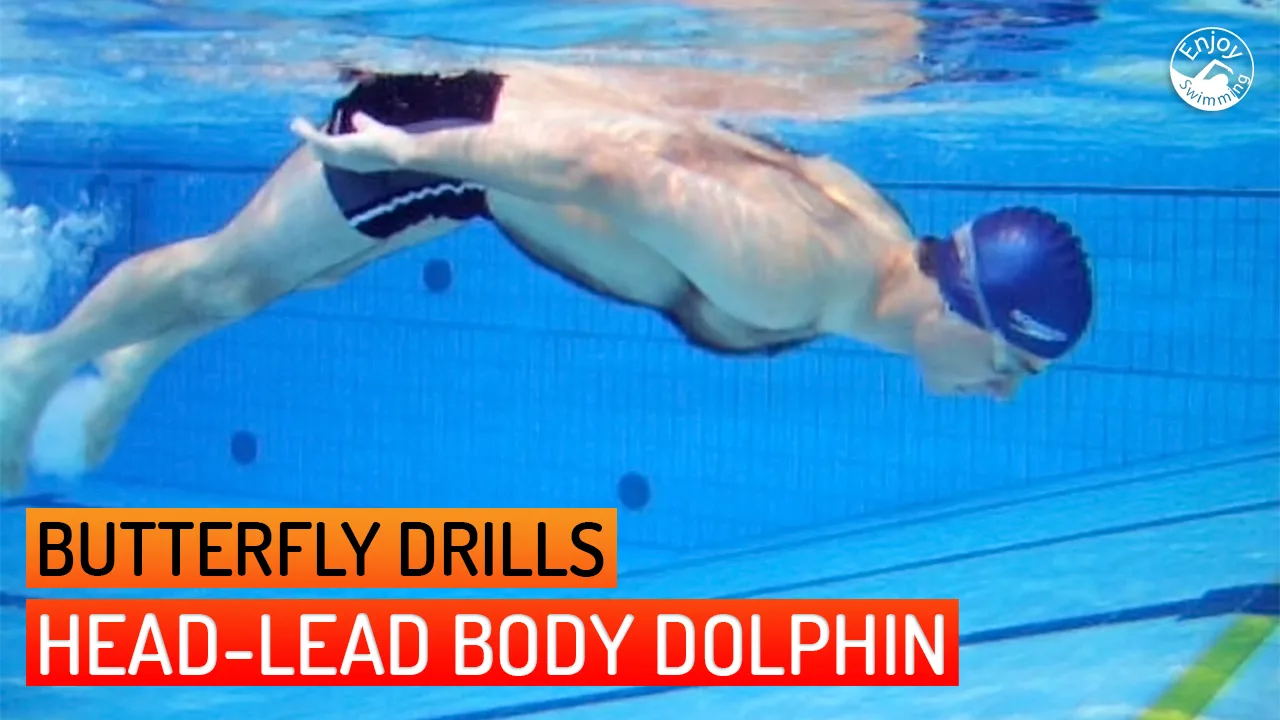
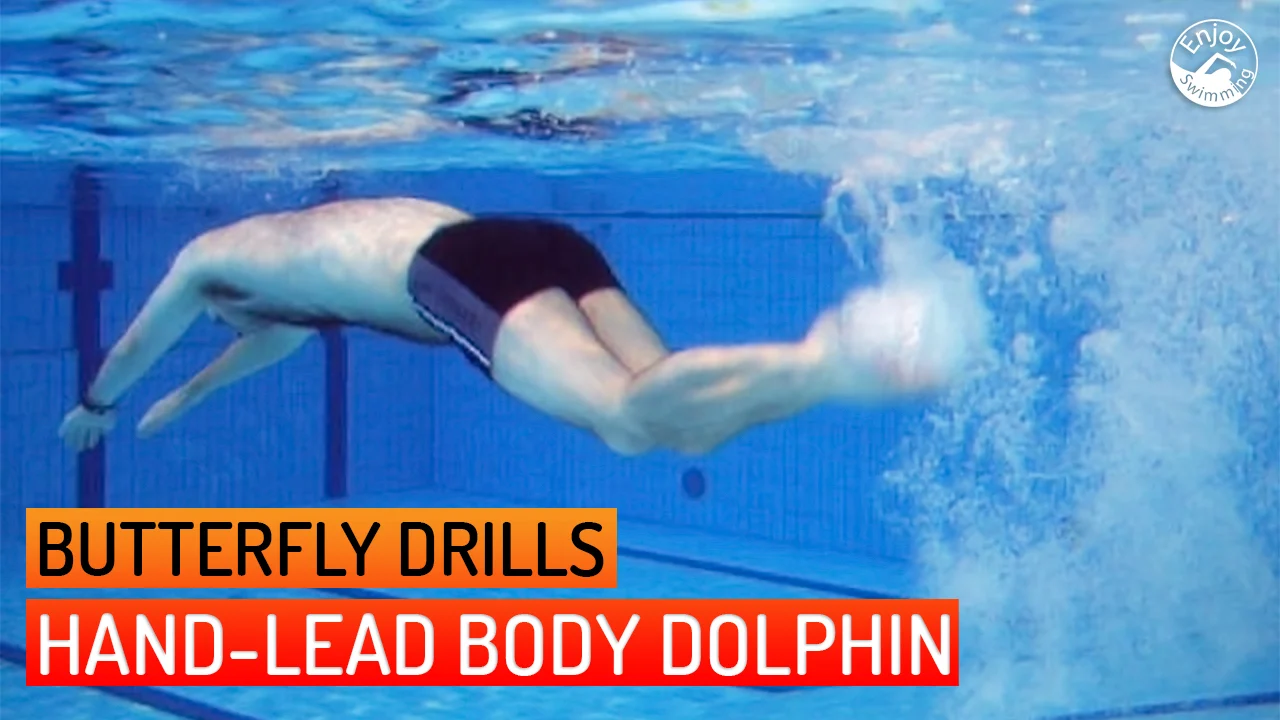
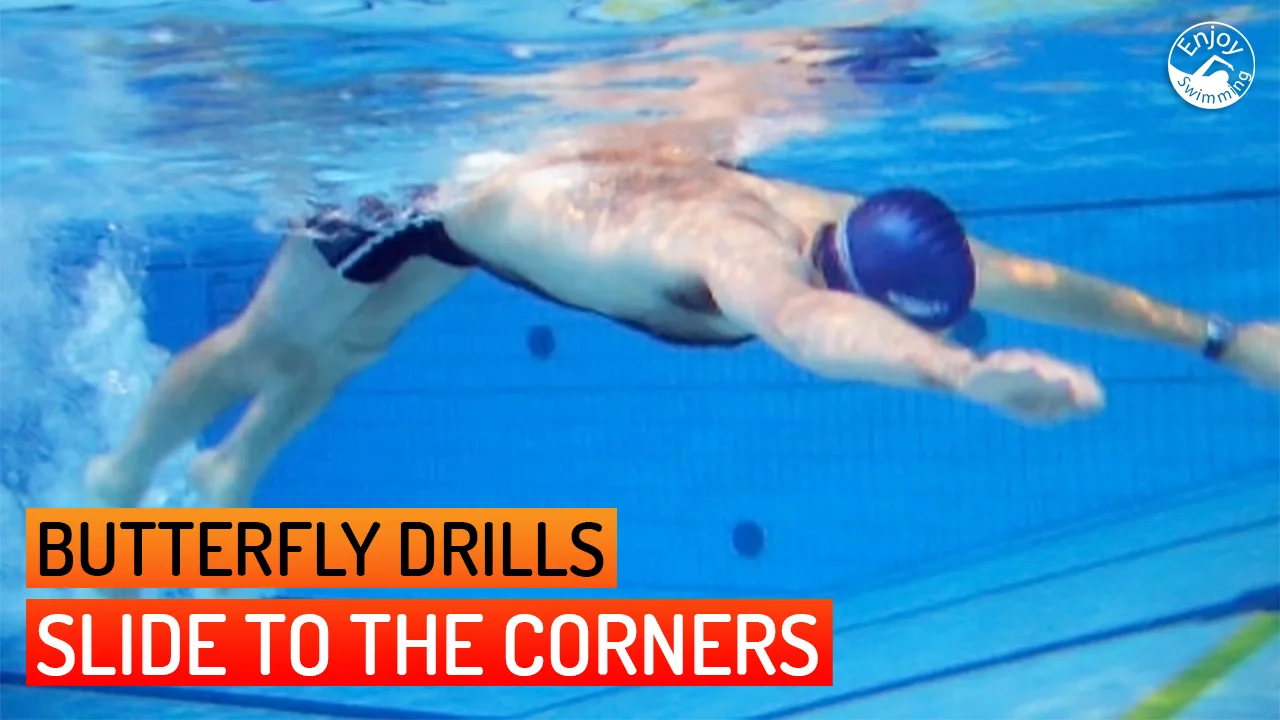
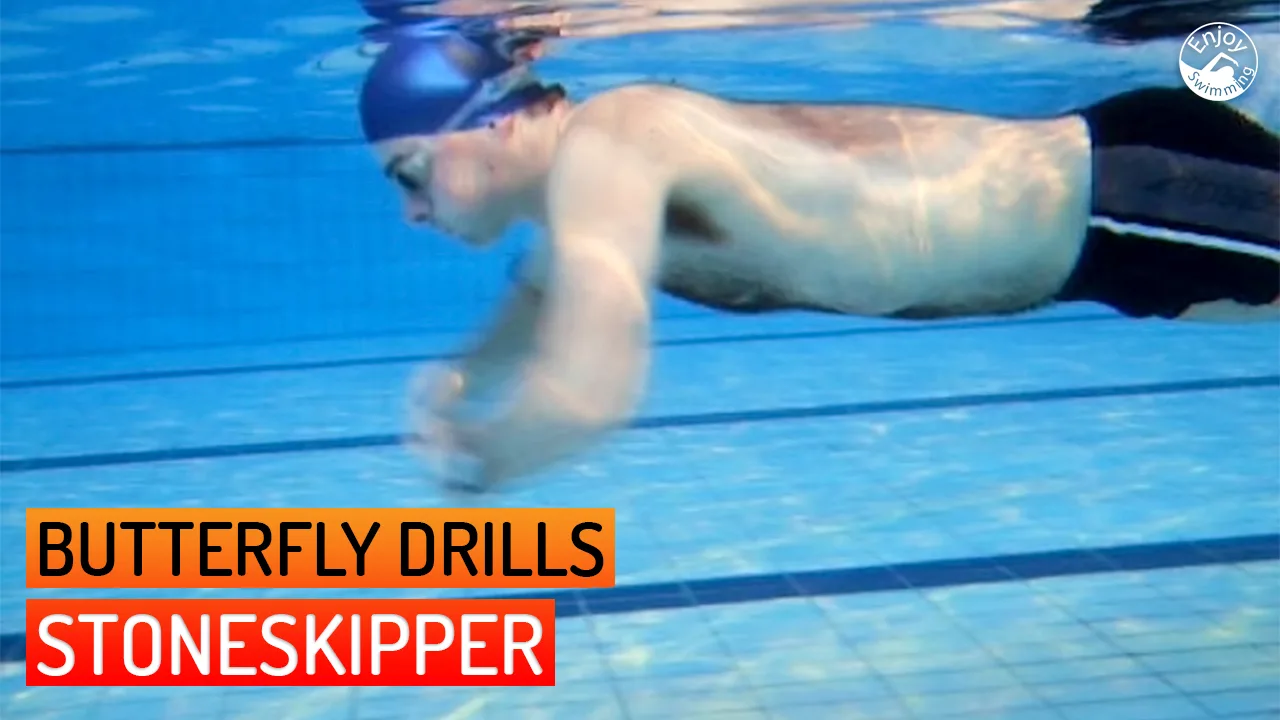
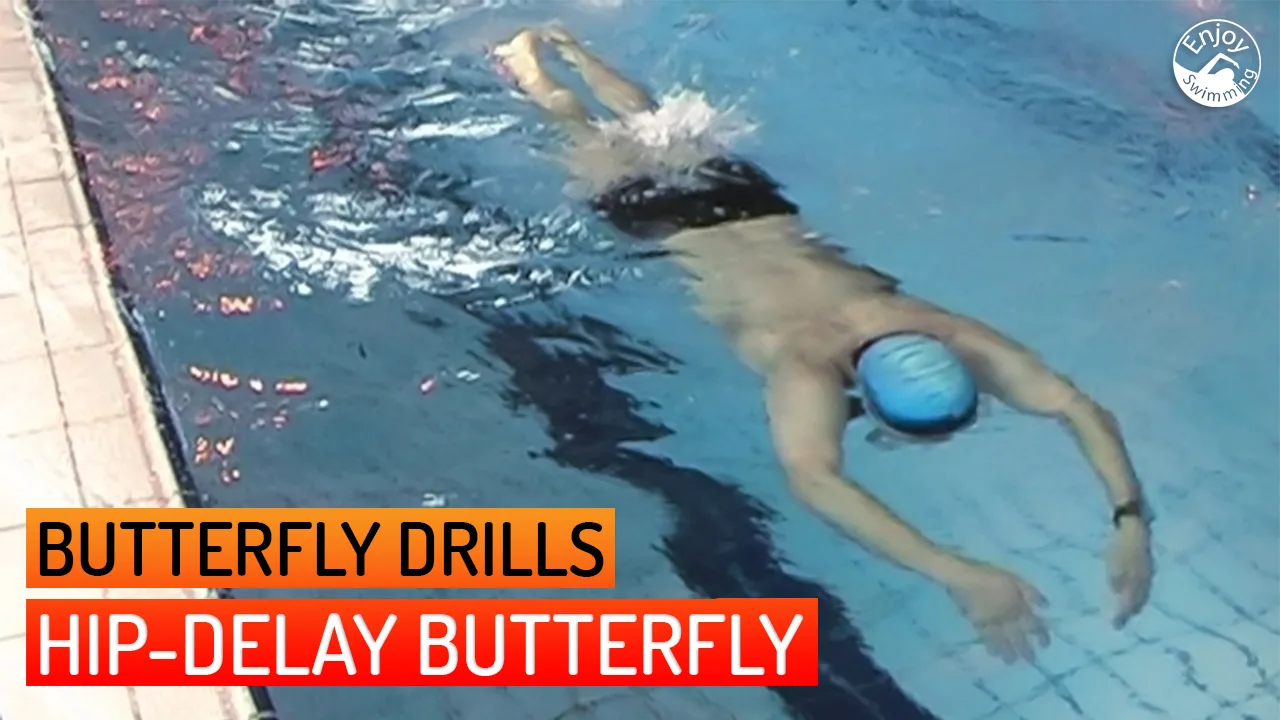
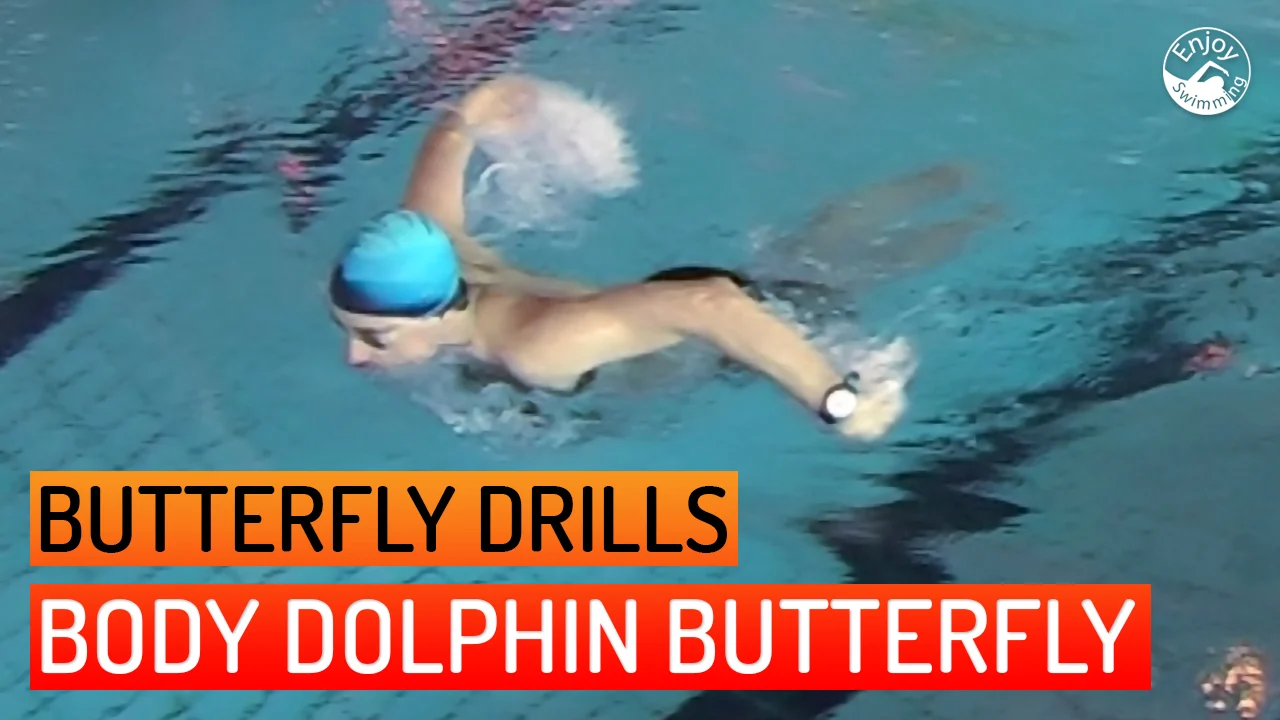
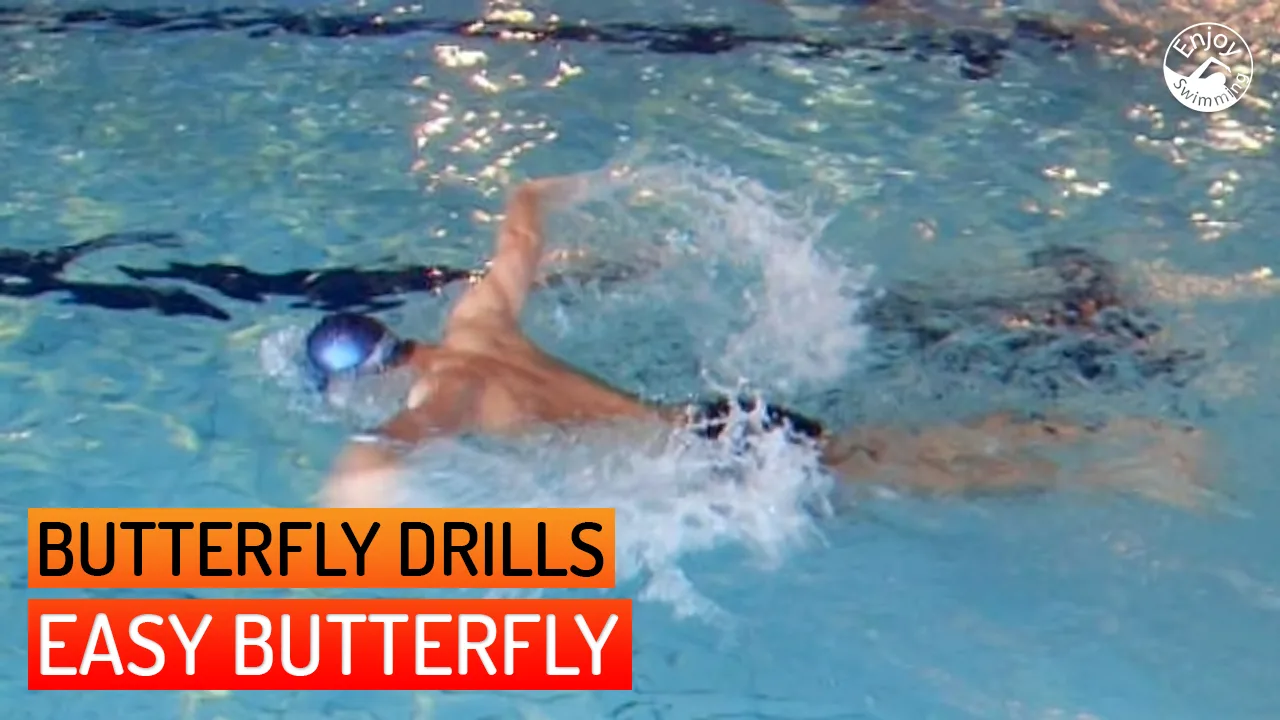
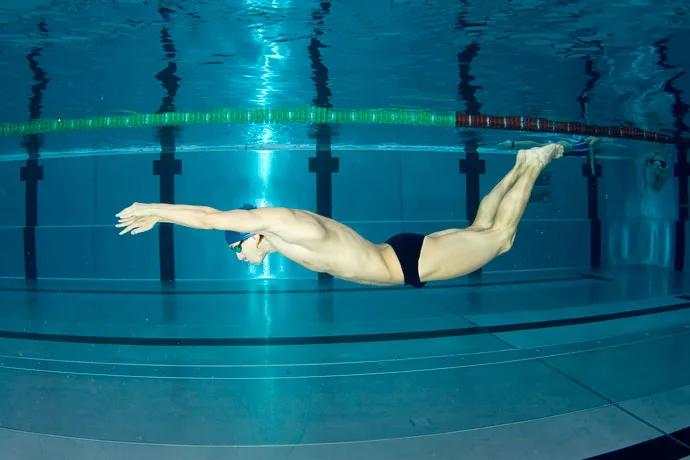
roze
Wednesday 14th of September 2016
Thank you!
John
Friday 8th of July 2016
Dear Sir/Madam,
I have been learning Butterfly swimming for a long time following the way you are teaching, but whatever I tried I was not able to breathe.
Would you please give me some suggestions about what I should practice for breathing?
Thank you very much!
John
Christophe
Tuesday 12th of July 2016
Hi John,
Could you give more details about what goes wrong? It is difficult to pinpoint the issue with your description.
Benard
Friday 12th of February 2016
Instructions are only perfect when accurately followed, thanks nice one.
Liz
Tuesday 2nd of February 2016
Great set/progression of drills! Like the instructions and the video. Thanks so much.